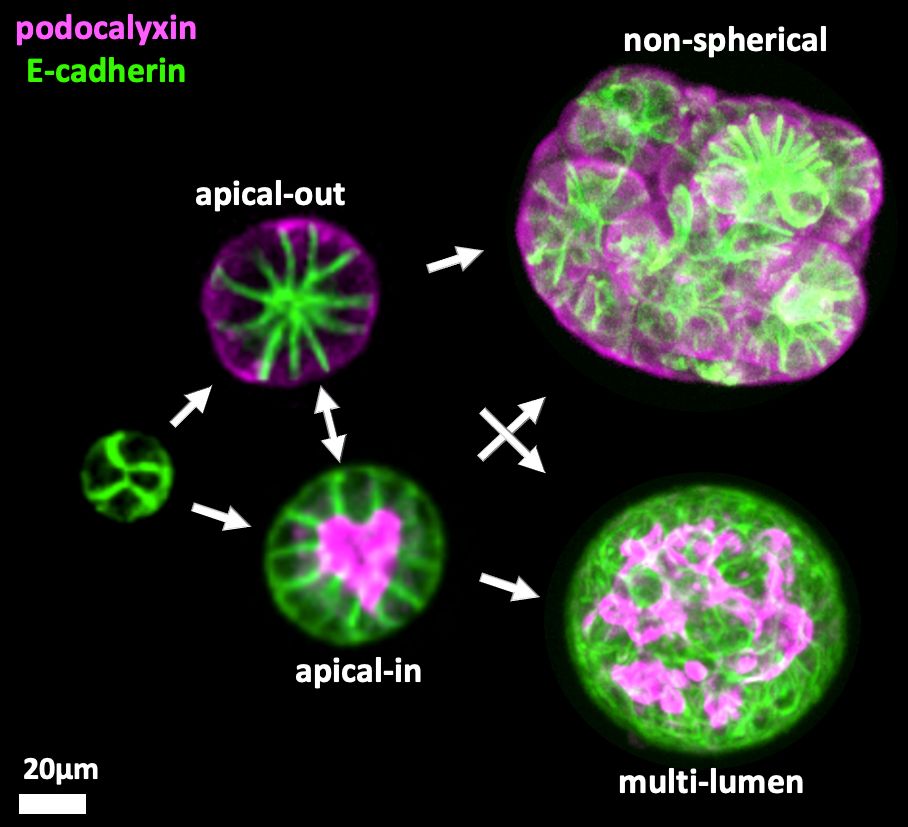Elisha Krieg
@elishakrieg.bsky.social
43 followers
64 following
16 posts
Group leader in DNA Nanotech at Leibniz IPF and TU Dresden. Late to the bsky party.
Group website: https://digs-ils.phd/krieg Startup: dynamicmatrices.eu
Posts
Media
Videos
Starter Packs
Pinned
Reposted by Elisha Krieg









